The Solar System consists of the Sun and its planetary system of eight planets, their moons, and other non-stellar objects. It formed 4.6 billion years ago from the gravitational collapse of a giant molecular cloud.
The vast majority of the system’s mass is in the Sun, with most of the remaining mass contained in Jupiter. The four smaller inner planets, Mercury, Venus, Earth and Mars, also called the terrestrial planets, are primarily composed of rock and metal.
The four outer planets, called the gas giants, are substantially more massive than the terrestrials. The two largest, Jupiter and Saturn, are composed mainly of hydrogen and helium; the two outermost planets, Uranus and Neptune, are composed largely of substances with relatively high melting points (compared with hydrogen and helium), called ices, such as water, ammonia and methane, and are often referred to separately as “ice giants”.
Below are some stunning images of our Solar System, taken by photographer Michael Benson for his new book, Planetfall and his exhibition of the same title now at the Washington, D.C. headquarters of the American Association for the Advancement of Science.
By “planetfall,” Benson means “the act or an instance of sighting a planet after a space voyage.”
To make his photographs, Benson peruses through thousands of raw image data, rarely seen by the public, which were collected on missions led by NASA—Cassini, Galileo, MESSENGER, Viking and Voyager, among others—and the European Space Agency. Benson then pieces together the image data into one seamless photograph. It can take anywhere from tens to hundreds of raw frames to arrange, like a mosaic, one legible composite image. Then rendering the photograph in realistic colors adds another layer of complexity.
Click image to enlarge
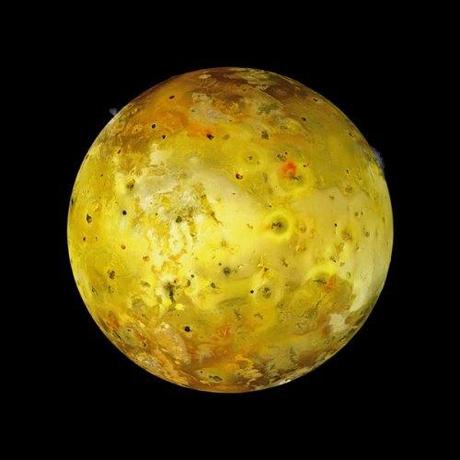
Jupiter’s innermost volcanic moon, Io.
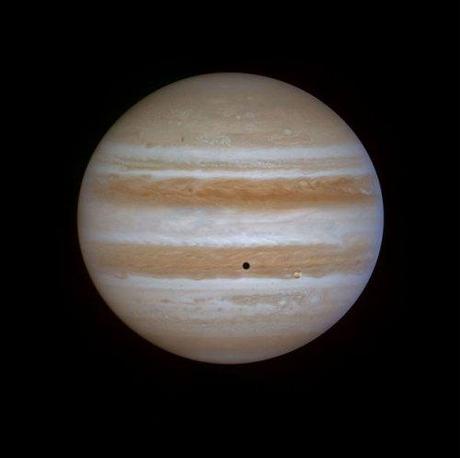
Io passes across face of Jupiter
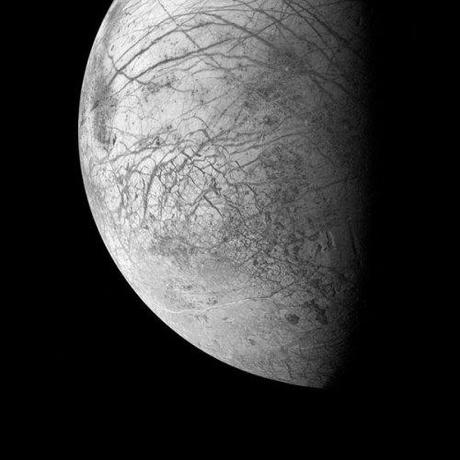
Surface of Jupiter’s moon, Europa
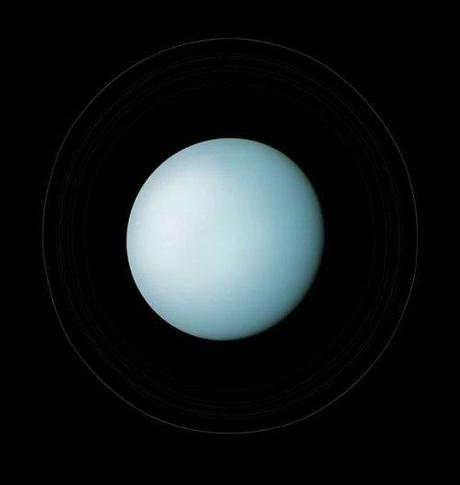
Uranus and its rings
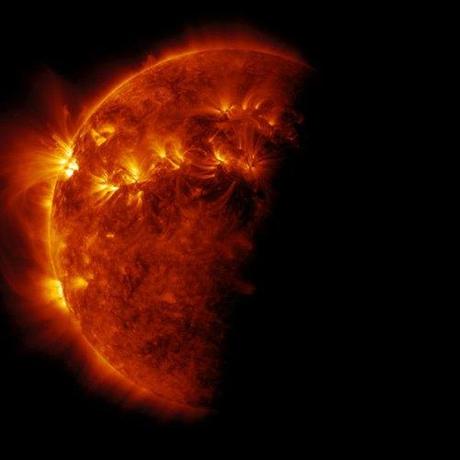
Eclipse of Sun by Earth
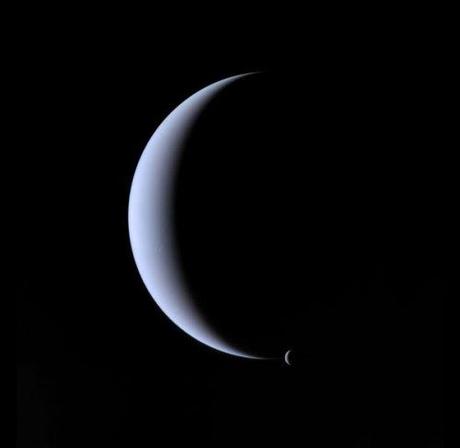
Neptune (crescent) and its satellite, Triton
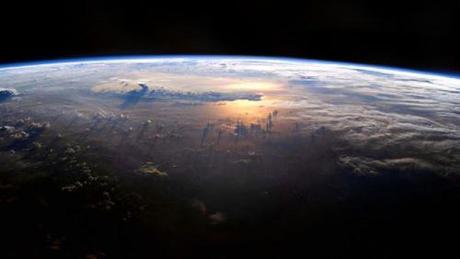
Sun on the Pacific Ocean, as seen from the International Space Station
Source: Smithsonian.com
H/t FOTM’s igor
~Eowyn

